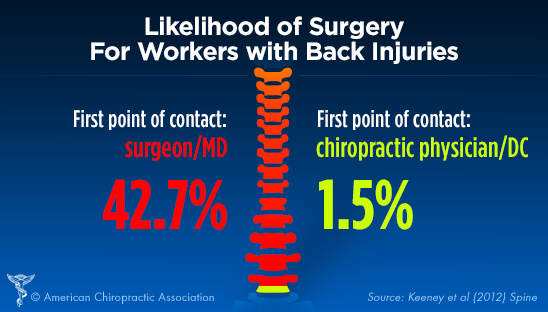As you check out the world of cold laser therapy, you'll uncover a realm of opportunities for discomfort relief that is both intriguing and effective. The cutting-edge approach of utilizing light to deal with different conditions might just be the key to opening a new level of comfort and recovery for you. So, why not find how this non-invasive therapy is improving the landscape of discomfort management and offering wish to those seeking natural remedies for their discomfort?
Comprehending Cold Laser Therapy
To understand cold laser treatment, you have to realize the fundamental concepts behind this non-invasive therapy approach. Cold laser treatment, also called low-level laser treatment (LLLT), makes use of certain wavelengths of light to interact with tissue. The light energy passes through the skin and is absorbed by cells, triggering a series of biological responses. These responses assist advertise healing, reduce inflammation, and alleviate discomfort.
The key to recognizing cold laser treatment hinges on its capacity to stimulate cellular feature. When the light power is soaked up by cells, it boosts their metabolism and accelerates the manufacturing of ATP, the energy source for cells. This increase in mobile activity can cause improved blood circulation, tissue fixing, and discomfort alleviation.
Perks of Cold Laser Therapy
Taking advantage of certain wavelengths of light, cold laser therapy provides a series of benefits for pain alleviation and healing. Among the crucial advantages of cold laser therapy is its non-invasive nature. Unlike surgical procedures, cold laser therapy doesn't require lacerations, making it a more secure and more comfy alternative for many individuals.
In addition, cold laser treatment is known for its capacity to reduce inflammation. By targeting inflamed locations with focused light energy, the treatment helps to decrease swelling and advertise quicker recovery.
Furthermore, cold laser therapy is a preferred option due to its very little side effects. Unlike related website that can create negative reactions, cold laser therapy is mild on the body and typically well-tolerated. This makes it an ideal alternative for people trying to find a natural and low-risk pain relief remedy.
An additional significant advantage is the quick recovery time associated with cold laser treatment. Considering that the treatment boosts the body's all-natural healing procedures, individuals usually experience rapid renovations in their problem without the requirement for prolonged downtime.
Problems Treated With Cold Laser
Cold laser therapy successfully deals with a range of conditions ranging from musculoskeletal injuries to persistent pain. For bone and joint injuries like sprains, pressures, and tendonitis, cold laser treatment can help in reducing inflammation, ease discomfort, and advertise cells repair work. It's additionally beneficial for dealing with arthritis by reducing joint discomfort and tightness.
Additionally, cold laser therapy can help in speeding up the healing procedure for injuries and injuries by improving blood circulation and promoting cell regrowth.
Persistent pain conditions such as fibromyalgia, neuropathy, and reduced back pain can additionally be effectively handled with cold laser therapy. The treatment works by targeting the source of pain and causing a biochemical cascade that decreases discomfort level of sensitivity and swelling.
Moreover, conditions like repetitive strain injury, TMJ disorders, and plantar fasciitis can benefit from the pain-relieving and anti-inflammatory effects of cold laser treatment.
Final thought
Finally, cold laser therapy is a secure, reliable, and non-invasive therapy option for pain alleviation.
With its ability to promote healing, minimize inflammation, and reduce pain, this cutting-edge therapy offers a natural and low-risk option to procedures.
Whether before and after stress dealing with chronic discomfort, sporting activities injuries, or arthritis, cold laser therapy can give alleviation and boost your lifestyle without the requirement for invasive treatments.
